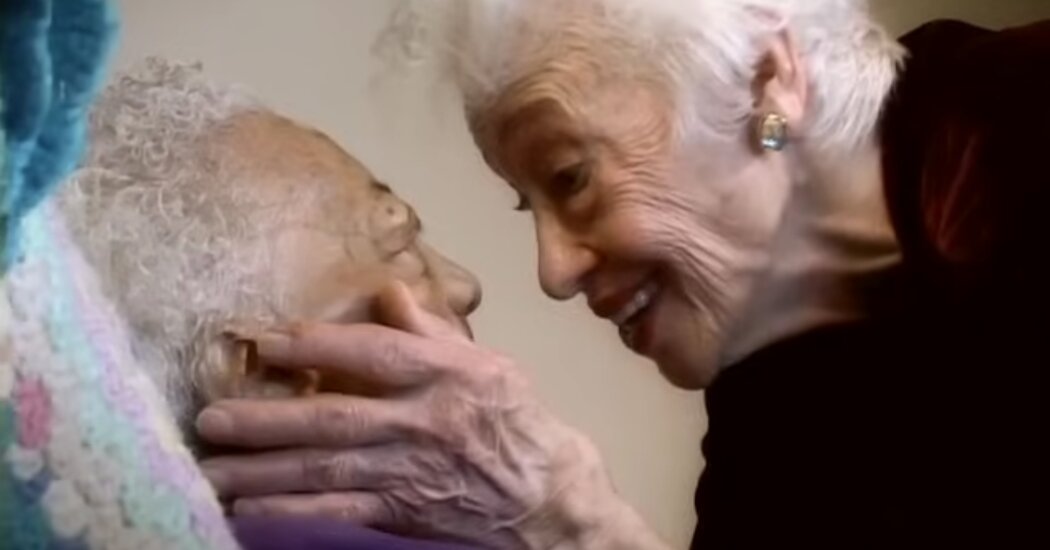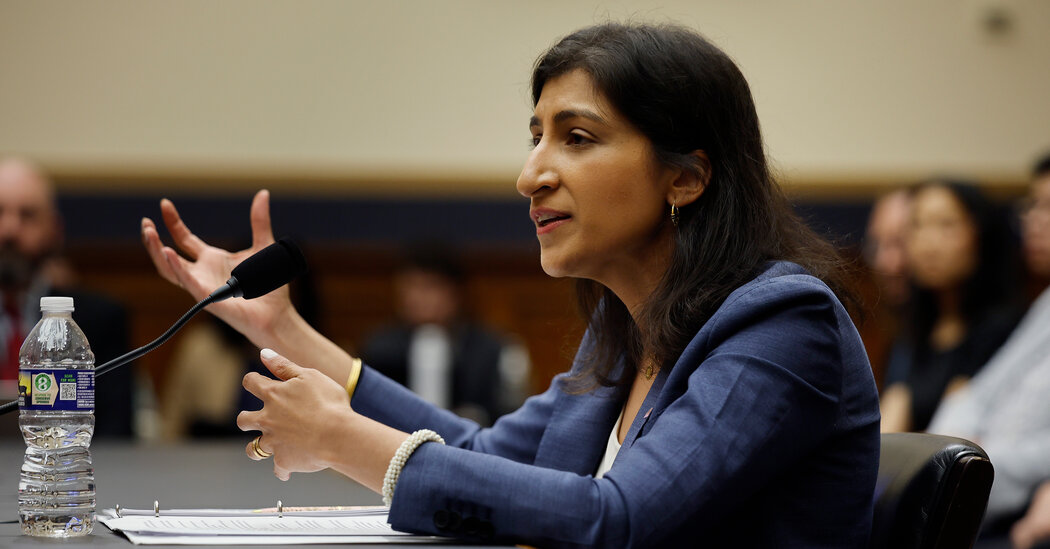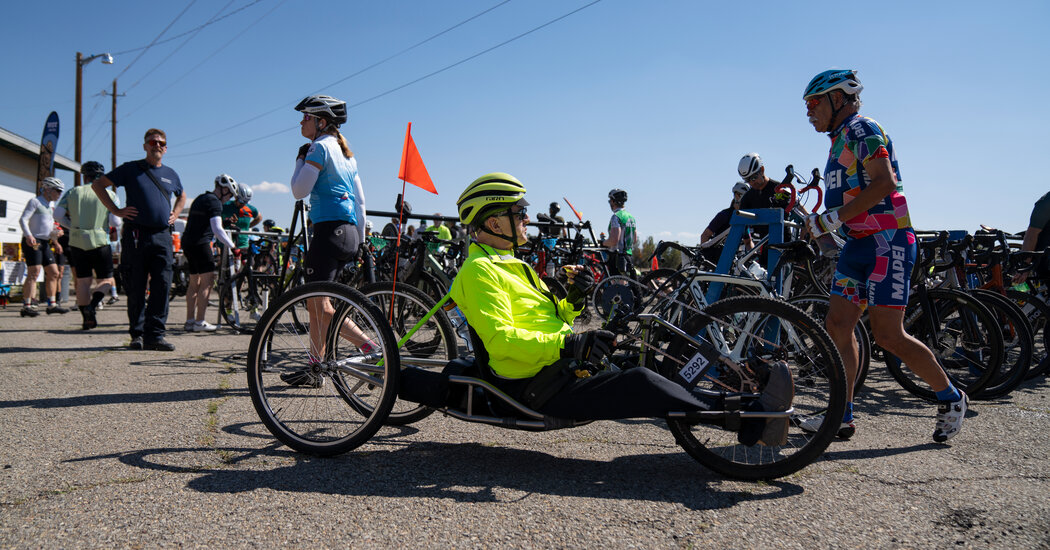The process for diagnosing a child with autism heavily relies on a parent’s description of their child’s behavior and a professional’s observations. It leaves plenty of room for human error.
Parents’ concerns may skew how they answer questionnaires. Providers may hold biases, leading them to underdiagnose certain groups. Children may show widely varying symptoms, depending on factors like culture and gender.
A study published Monday in Nature Microbiology bolsters a growing body of research that suggests an unlikely path to more objective autism diagnoses: the gut microbiome.
After analyzing more than 1,600 stool samples from children ages 1 to 13, researchers found several distinct biological “markers” in the samples of autistic children. Unique traces of gut bacteria, fungi, viruses and more could one day be the basis of a diagnostic tool, said Qi Su, a researcher at the Chinese University of Hong Kong and the author of the study.
A tool based on biomarkers could help professionals diagnose autism sooner, giving children access to treatments that are more effective at a younger age, he said.
“Too much is left to questionnaires,” said Sarkis Mazmanian, a microbiome researcher at the California Institute of Technology. “If we can get to something we can measure — whatever it is — that’s a huge improvement.”
For decades, researchers have scoured the human genome, medical histories and brain scans for a reliable indicator of A.S.D., with limited success. The Food and Drug Administration has approved two diagnostic tests based on eye-tracking software, which Dr. Su said required significant involvement from a psychiatrist.
In the last 15 years, some researchers have started investigating whether stool, which is a window into the trillions of fungi, bacteria and viruses living in the intestines, might offer a clearer answer. Until now, most of those studies relied on small groups and often produced mixed results.
This idea that the gut microbiome might play a role in the development of autism is still controversial among researchers, said Gaspar Taroncher-Oldenburg, a microbiologist who published a landmark paper on the subject last year.
He called Monday’s paper, one of the largest studies of its kind, an “important milestone” in the broader acceptance of this line of research. “There is a changing of the winds,” he said. “People are now accepting that the microbiome is not just part of this, but it might be a fundamental piece of the puzzle.”
In the new study, the researchers used machine learning to identify major biological differences between the stool of autistic children and the other samples.
Unlike in past studies, which have focused mainly on intestinal bacteria, the researchers broadened their scope to look at other microorganisms in the gut, including fungi, archaea and viruses, as well as related metabolic processes. The scientists identified 31 biological signatures that distinguished the groups.
Then, in an entirely new group of samples, they checked whether those markers could be used to correctly identify which stool samples belonged to someone with autism. Dr. Su said the model made the correct predictions almost all of the time.
But Dr. Su and Dr. Taroncher-Oldenburg cautioned that it was difficult to say whether stool-sample tests would function as well in a clinical setting.
More research is needed to convince skeptical scientists that these biomarkers are valid indicators of autism. Dr. Mazmanian, who was not involved in the new paper, said he wanted to see studies clarifying exactly how the microbiome was related to autism and whether it played a significant role in causing A.S.D.
Some researchers argue the direction of this relationship goes the other way: Autistic children are more likely to be “fussy eaters,” changing the makeup of their microbiome.
Dr. Su said the study’s model also needs to be validated in a more diverse sample of children; most of the samples came from children in Hong Kong.
“The current study is only a start in a long journey,” he said.







